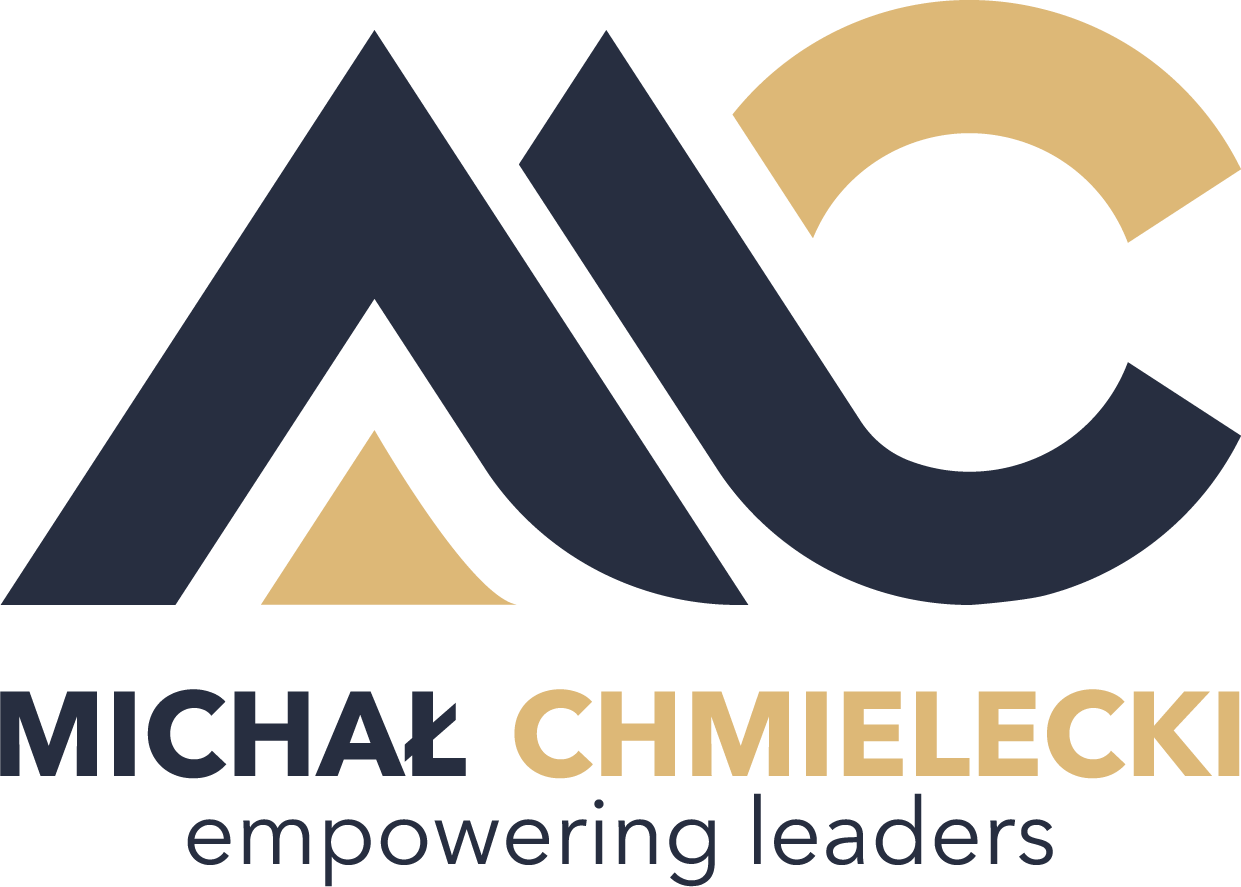Building Future Skills in the Workplace – Preparing People for the Next Decade of Change
Automation, artificial intelligence, and global transformation are redefining the world of work at breathtaking speed.
Many of the roles we know today will change — and entirely new ones will emerge.
To stay competitive, organizations must focus not only on performance today but also on building future skills that ensure resilience, adaptability, and innovation tomorrow.
The companies that succeed will be those that treat learning as a strategic investment — not a one-time event.
What Are Future Skills?
Future skills (often called 21st-century skills) are the competencies that enable individuals to thrive in complex, unpredictable environments.
They blend technical expertise with human capabilities that technology cannot replace.
Core Categories of Future Skills Include:
Cognitive Agility – critical thinking, problem-solving, and decision-making in uncertain contexts.
Emotional Intelligence – empathy, communication, and collaboration.
Adaptability – openness to change and the ability to learn continuously.
Digital Fluency – understanding and leveraging technology effectively.
Ethical Awareness – responsible use of data, AI, and innovation.
In essence, future skills are not about what we know, but about how we learn, think, and apply knowledge to new challenges.
Why Future Skills Matter Now
The future of work is not in the distant future — it’s already here.
Organizations that fail to prepare risk facing skill shortages, declining innovation, and disengaged employees.
Meanwhile, those that proactively develop future skills gain:
A more agile workforce ready for technological disruption,
Higher engagement and retention, as employees feel prepared for change,
And a sustainable competitive advantage based on adaptability rather than routine.
How to Build Future Skills in the Workplace
1. Start with a Skills Diagnosis
Before designing new learning programs, organizations need a clear picture of current and future skill gaps.
This includes analyzing strategic goals, emerging industry trends, and evolving customer expectations.
Tools such as 360° feedback, digital skill assessments, and team capability mapping can help identify priorities.
2. Create a Culture of Continuous Learning
Future skills thrive in environments that encourage curiosity, reflection, and experimentation.
Building this culture requires leadership commitment — managers must model learning, give feedback, and recognize growth efforts.
As seen in forward-thinking organizations, a strong learning culture turns uncertainty into opportunity.
3. Blend Learning Formats
Modern development strategies combine digital flexibility with experiential learning.
Blended learning — mixing online modules, workshops, coaching, and follow-up activities — ensures that employees not only acquire knowledge but also apply it.
Programs like communication and negotiation workshops illustrate this balance perfectly: participants learn foundational skills, practice them in realistic settings, and receive feedback that solidifies long-term change.
4. Focus on Transferable Skills
Technical expertise may become outdated, but transferable skills — creativity, collaboration, resilience — never lose value.
Encouraging cross-functional projects, job rotations, and mentoring helps employees strengthen these universal capabilities.
5. Empower Employees to Own Their Learning
Future skills can’t be imposed; they must be embraced.
Organizations should give employees autonomy to choose learning paths aligned with their aspirations and company goals.
Digital learning platforms and personalized development plans enable self-directed, lifelong learning.
The Role of Leaders in Future Skills Development
Leaders play a pivotal role as learning enablers.
Their task is to connect learning with purpose — helping people see how development supports both personal growth and organizational success.
Leaders should:
Encourage open dialogue about learning needs,
Offer opportunities for stretch assignments,
Recognize and reward effort, not just results,
And most importantly, model the learning mindset themselves.
When leaders learn publicly, teams follow naturally.
Measuring the Impact of Future Skills
To make learning truly strategic, its outcomes must be measurable.
Organizations should track:
Behavioral change — how employees apply new skills,
Business impact — improvements in innovation, efficiency, and engagement,
Learning agility — the ability of individuals to adapt to new tasks and tools quickly.
These metrics show whether learning investments are building real capacity — not just delivering content.
The Long-Term Payoff
Building future skills isn’t about short-term efficiency — it’s about long-term adaptability.
Organizations that prioritize development become more innovative, resilient, and attractive to talent.
Their people are not afraid of disruption — they drive it.
In this sense, the real future skill is the ability to reinvent oneself and the organization continuously.
Conclusion
The future of work belongs to learners.
By building future skills today, organizations equip their people to handle the challenges — and opportunities — of tomorrow.
When learning becomes part of everyday work, change stops being a threat and becomes a habit.
And in that habit lies the true source of competitive advantage.
